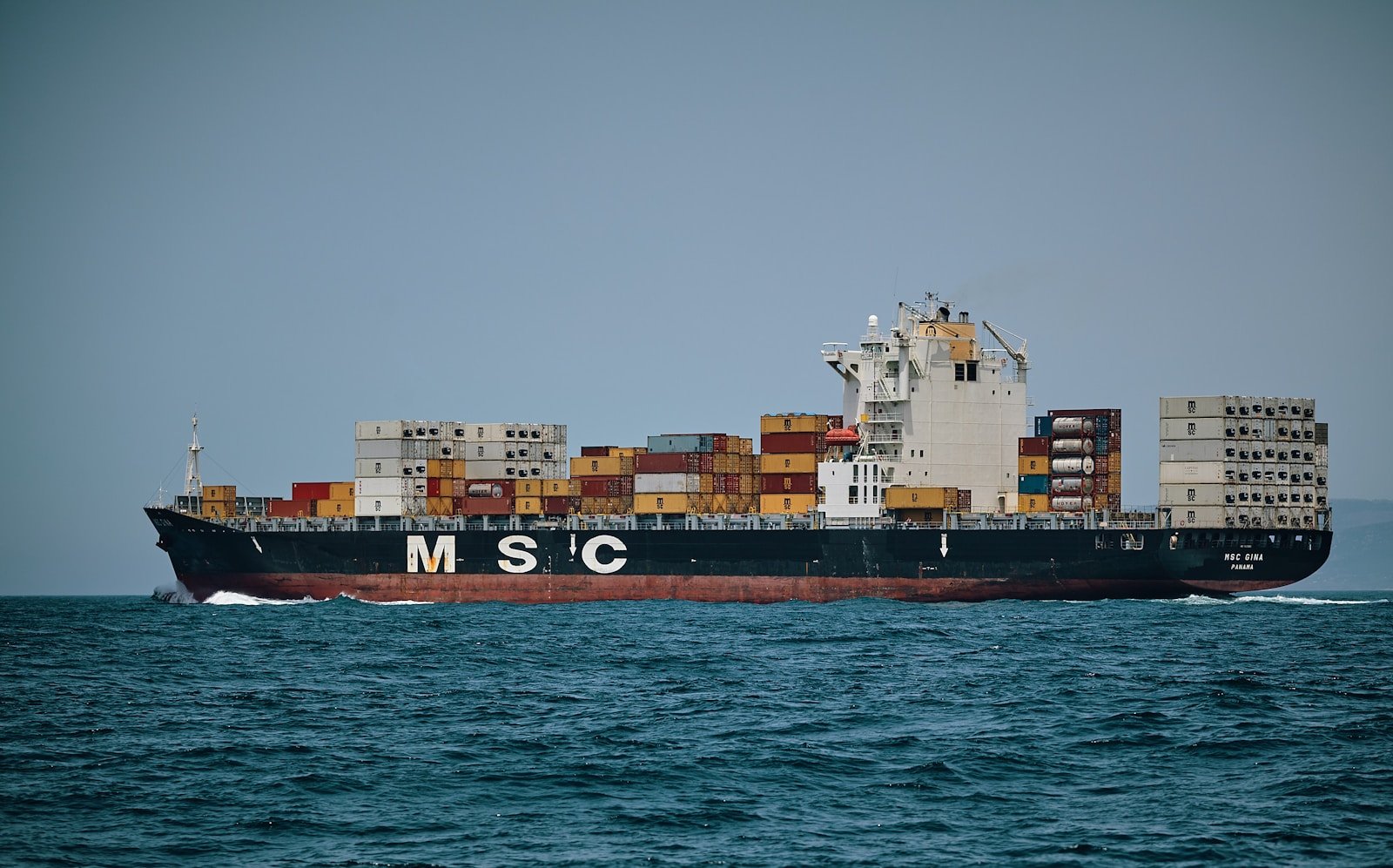The push for biofuels, including biodiesel and Sustainable Aviation Fuel (SAF), is accelerating worldwide as countries aim to reduce carbon emissions and meet climate goals. Below is an overview of the biofuel targets and strategies in key regions, including Indonesia, Japan, and globally.
Global Biofuel Targets
Globally, the aviation sector is focusing on SAF as a key tool for decarbonization. The International Air Transport Association (IATA) has committed to net-zero carbon emissions by 2050, with a target of 10% SAF usage by 2030. The European Union (EU) plans to mandate that SAF constitute 70% of aviation fuel by 2050, driven by its “Fit for 55” and ReFuelEU initiative.
In maritime shipping, the EU’s FuelEU Maritime Initiative requires renewable fuels to represent 6-9% of the fuel mix by 2030, increasing to 86-88% by 2050. This emphasizes the growing adoption of biofuels like biodiesel and other renewable alternatives.
Indonesia’s Biofuel Expansion
Indonesia, a global leader in palm oil-based biodiesel production, has aggressively advanced its blending mandates. In 2023, the country implemented a 35% biodiesel blending rate (B35), which is expected to increase further, potentially reaching B50. This policy has significantly boosted domestic consumption, estimated at 13 billion liters in 2023, and supports renewable energy goals in transportation and power generation. Additionally, Indonesia is exploring SAF for domestic aviation, further diversifying its biofuel portfolio.
Japan’s Focus on SAF and Ethanol
Japan has prioritized SAF development to support its aviation industry. As of 2023, Japan updated its transport biofuel standards, focusing on alcohol-to-jet (ATJ) technologies and targeting domestic SAF production. Japanese airlines aim for a 10% SAF blend by 2030. Additionally, Japan maintains an annual bioethanol target of 824 million liters for road transportation, with plans to expand this use.
The Role of Biodiesel in Trucking and Shipping
Biodiesel remains a crucial alternative for heavy-duty transport. The United States, for instance, continues to expand its biodiesel production, driven by federal and state mandates like California’s Low Carbon Fuel Standard (LCFS). Canada has implemented Clean Fuel Regulations, aiming to reduce carbon intensity in fuels by 15% by 2030. While biodiesel is central to current strategies, emerging fuels like bio-methanol and ammonia are expected to play more significant roles in maritime sectors.
Challenges and Opportunities
While biofuels are key to achieving carbon reduction goals, challenges include feedstock availability, competition with food crops, and the high costs of SAF production. Policies and incentives, such as tax credits in the U.S. and blending mandates in Asia, are crucial to fostering growth. The Asian market, led by Indonesia and Japan, is poised to be a significant contributor to global biofuel demand.
Conclusion
Biofuels are becoming indispensable in achieving global and regional climate targets, especially in hard-to-abate sectors like aviation and shipping. Countries like Indonesia and Japan are at the forefront of biofuel innovations, emphasizing SAF and biodiesel adoption. Continued investment, international collaboration, and supportive policies will be vital for scaling biofuel production and meeting ambitious environmental goals.



